
Lidocaine hydrochloride NEW
| Price | $6 | $5 | $1 |
| Package | 1KG | 25KG | 100KG |
| Min. Order: | 1KG |
| Supply Ability: | g-kg-tons, free sample is available |
| Update Time: | 2024-03-29 |
Product Details
| Product Name: Lidocaine hydrochloride | CAS No.: 73-78-9 |
| Min. Order: 1KG | Purity: 99% |
| Supply Ability: g-kg-tons, free sample is available | Release date: 2024/03/29 |
| Lead time: In stock | Packaging: bottle/drum/bucket/IBC, as request. |
| Delivery: By sea, by air, by express | Origin: Manufacturer |
| Name: Sun |
1. Product information
| Name | lidocaine hydrochloride |
|---|---|
| Synonym | More Synonyms |
| Description | Lidocaine Hcl salt, an amide local anesthetic, has anti-inflammatory properties in vitro and in vivo, possibly due to an attenuation of pro-inflammatory cytokines, intracellular adhesion molecule-1 (ICAM-1), and reduction of neutrophils influx.Target: Lidocaine is a common local anesthetic and antiarrhythmic drug. Lidocaine is used topically to relieve itching, burning and pain from skin inflammations, injected as a dental anesthetic or as a local anesthetic for minor surgery. Lidocaine, the first amino amide–type local anesthetic, was first synthesized under the name xylocaine by Swedish chemist Nils Lofgren in 1943. His colleague Bengt Lundqvist performed the first injection anesthesia experiments on himself.Lidocaine is approximately 95% metabolized (dealkylated) in the liver by CYP3A4 to the pharmacologically-active metabolites monoethylglycinexylidide (MEGX) and then subsequently to the inactive glycine xylidide. MEGX has a longer half life than lidocaine but also is a less potent sodium channel blocker. The elimination half-life of lidocaine is approximately 90–120 minutes in most patients. This may be prolonged in patients with hepatic impairment (average 343 minutes) or congestive heart failure (average 136 minutes). |
|---|---|
| Related Catalog | Signaling Pathways >> Membrane Transporter/Ion Channel >> Sodium Channel Research Areas >> Inflammation/Immunology |
| References | [1]. VAN DER Wal S, et al. Lidocaine increases the anti-inflammatory cytokine IL-10 following mechanical ventilation in healthy mice. Acta Anaesthesiol Scand. 2014 Oct 14. [2]. Acevedo-Arcique CM, et al. Lidocaine, dexmedetomidine and their combination reduce isoflurane minimum alveolar concentration in dogs. PLoS One. 2014 Sep 18;9(9):e106620. |
| Boiling Point | 350.8ºC at 760 mmHg |
|---|---|
| Melting Point | 80-82°C |
| Molecular Formula | C14H23ClN2O |
| Molecular Weight | 270.798 |
| Flash Point | 166ºC |
| Exact Mass | 270.149902 |
| PSA | 32.34000 |
| LogP | 3.45870 |
| Storage condition | Refrigerator |
CHEMICAL IDENTIFICATION
HEALTH HAZARD DATAACUTE TOXICITY DATA
|
| RIDADR | 3249 |
|---|---|
| Packaging Group | III |
| Hazard Class | 6.1(b) |
| HS Code | 2924299090 |
| Precursor 0 | |
|---|---|
| DownStream 2 | |
| |
| HS Code | 2924299090 |
|---|---|
| Summary | 2924299090. other cyclic amides (including cyclic carbamates) and their derivatives; salts thereof. VAT:17.0%. Tax rebate rate:13.0%. . MFN tariff:6.5%. General tariff:30.0% |
| LIDOCAINE HCL |
| 2-(diethylamino)-N-(2,6-dimethylphenyl)acetamide,hydrochloride |
| 2-(Diethylamino)-N-(2,6-dimethylphenyl)acetamidhydrochlorid |
| Xyloneural |
| XYLOCAINE HYDROCHLORIDE |
| N-(2,6-Dimethylphenyl)-N,N-diethylglycinamide hydrochloride (1:1) |
| MFCD00034865 |
| (Diethylamino)-2',6'-acetoxylidide Monohydrochloride |
| 2-(diéthylamino)-N-(2,6-diméthylphényl)acétamide chlorhydrate |
| Xilina hydrochloride |
| 2-(Diethylamino)-N-(2,6-dimethylphenyl)acetamide, hydrochloride (1:1) |
| N-(2,6-dimethylphenyl)-N,N-diethylglycinamide hydrochloride |
| Lidocaine hydrochloride |
| lignocaine hydrochloride |
| 2-(Diethylamino)-N-(2,6-dimethylphenyl)acetamide monohydrochloride |
| Acetamide, 2-(diethylamino)-N-(2,6-dimethylphenyl)-, hydrochloride (1:1) |
| Lidocaton |
| Lidothesin |
| Laryng-O-jet |
| N-(2,6-dimethylphenyl)-N2,N2-diethylglycinamide hydrochloride |
| 2-(diethylamino)-N-(2,6-dimethylphenyl)acetamide hydrochloride |
| EINECS 200-803-8 |
| 2',6'-Acetoxylidide, 2-(diethylamino)-, monohydrochloride (8CI) |
| Xylocard |
| 2N2&1VMR B1 F1 &&HCl |
| Lidocaine (hydrochloride) |
2. Packaging
For powders: normal is 25kgs/Drum or bag, or larger/smaller package as request.
For liquids: normal 25kgs/drum, 180-300kgs/bucket, or IBC, determined by the nature of the product.
Or smaller package 1kg/bottle, 10kgs/bottle as request.
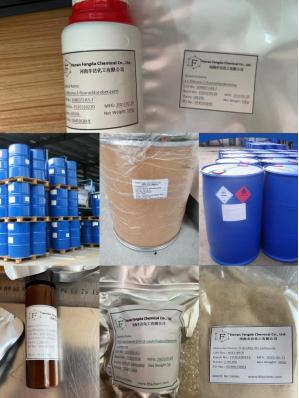
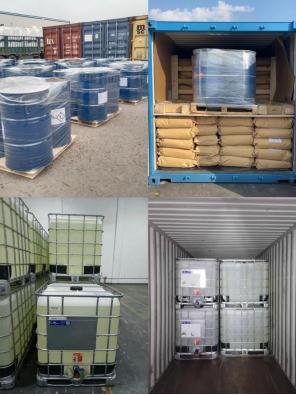
3. Shipping
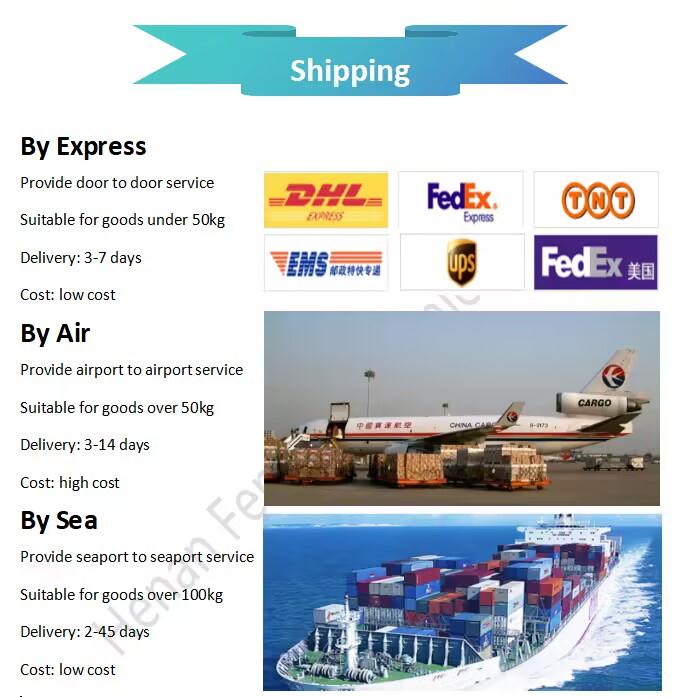
4. Contact information
For more details, pls contact us freely.
Email address : Sun@fdachem.com
Mob: 86 13526505137
WhatsApp/Skype/Wechat/LINE: 86 13526505137
Company Profile Introduction
You may like
Recommended supplier
| Product name | Price | Suppliers | Update time | |
|---|---|---|---|---|
| $10.00/1kg |
VIP1Y
|
Hebei Ganmiao New material Technology Co., LTD
|
2024-06-07 | |
| $6.00/1KG |
VIP1Y
|
Hebei Saisier Technology Co., LTD
|
2024-06-04 | |
| $10.00/1kg |
VIP1Y
|
Nanjing Deda New Material Technology Ltd.
|
2024-06-04 | |
| $1.00/1g |
VIP1Y
|
Apeloa production Co.,Limited
|
2024-05-24 | |
| $23.00/1kg |
VIP6Y
|
Wuhan Boyuan Import & Export Co., LTD
|
2024-05-23 | |
| $0.00/10mg |
VIP1Y
|
ShenZhen H&D Pharmaceutical Technology Co., LTD
|
2024-05-21 | |
| $0.00/25kg |
VIP1Y
|
Hebei Mojin Biotechnology Co.,Ltd
|
2024-05-17 | |
| $20.00/25kg |
VIP1Y
|
Ouhuang Engineering Materials (Hubei) Co., Ltd
|
2024-04-15 | |
| $20.00/1kg |
VIP1Y
|
Shaanxi Franta Biotechnology Co., Ltd
|
2024-03-27 | |
| $20.00/1kg |
VIP1Y
|
Hebei Kangcang new material Technology Co., LTD
|
2024-03-27 |
- Since: 2023-02-10
- Address: Room 01, 2288 E05, Building 14, East Henan University, Science and Technology Park, 279 Xisanhuan Ro




 CAS#:7728-40-7
CAS#:7728-40-7 CAS#:32845-42-4
CAS#:32845-42-4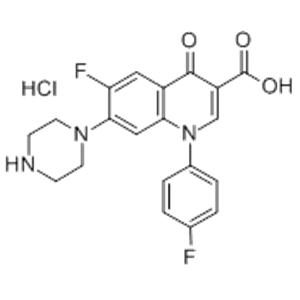
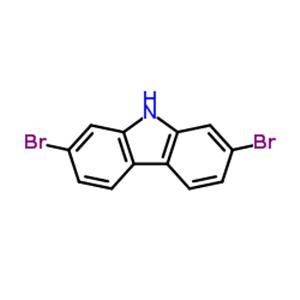
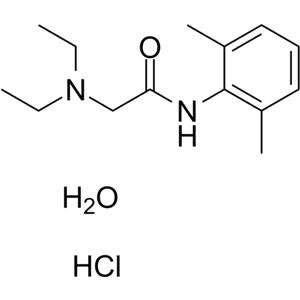

 China
China